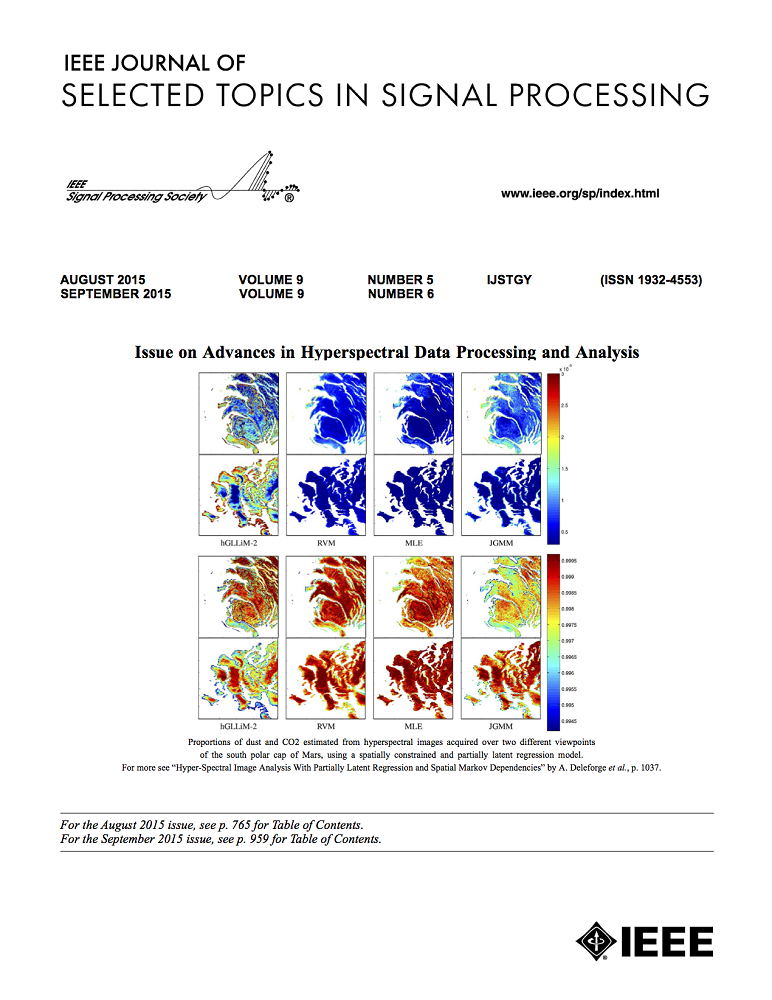基于生成ai的车辆混合现实虚拟环境自动驾驶仿真
IF 8.7
1区 工程技术
Q1 ENGINEERING, ELECTRICAL & ELECTRONIC
IEEE Journal of Selected Topics in Signal Processing
Pub Date : 2023-07-10
DOI:10.1109/JSTSP.2023.3293650
引用次数: 10
摘要
在车载混合现实(MR)虚拟世界中,通过将物理和虚拟环境与自动驾驶系统中的多维通信融合,可以克服物理和虚拟实体之间的差异。在数字孪生(DT)技术的帮助下,联网的自动驾驶汽车(av)、路边单元(rsu)和虚拟模拟器可以通过模拟来维护车辆MR Metaverse,从而共享数据并协同做出驾驶决策。然而,在自动驾驶系统中,通过收集和融合来自物理世界的真实数据来实现大规模的交通和驾驶模拟,以进行在线预测和离线训练,这是一项具有挑战性和昂贵的任务。在本文中,我们提出了一种自动驾驶架构,其中生成式人工智能通过模拟来综合无限条件交通和驾驶数据,以提高驾驶安全性和交通控制效率。首先,我们提出了一个多任务DT卸载模型,用于在rsu上可靠地执行具有不同需求的异构DT任务。然后,根据自动驾驶汽车驾驶员的偏好和现实世界的数据,虚拟模拟器可以合成无限条件驾驶和交通数据集,以提高鲁棒性。最后,我们提出了一种基于多任务的增强型拍卖机制,为rsu提供自动驾驶资源提供细粒度激励。性能分析和实验结果表明,所提出的机制和体系结构是有效的。本文章由计算机程序翻译,如有差异,请以英文原文为准。
Generative AI-Empowered Simulation for Autonomous Driving in Vehicular Mixed Reality Metaverses
In the vehicular mixed reality (MR) Metaverse, the discrepancy between physical and virtual entities can be overcome by fusing the physical and virtual environments with multi-dimensional communications in autonomous driving systems. Assisted by digital twin (DT) technologies, connected autonomous vehicles (AVs), roadside units (RSUs), and virtual simulators can maintain the vehicular MR Metaverse via simulations for sharing data and making driving decisions collaboratively. However, it is challenging and costly to enable large-scale traffic and driving simulation via realistic data collection and fusion from the physical world for online prediction and offline training in autonomous driving systems. In this paper, we propose an autonomous driving architecture, where generative AI is leveraged to synthesize unlimited conditioned traffic and driving data via simulations for improving driving safety and traffic control efficiency. First, we propose a multi-task DT offloading model for the reliable execution of heterogeneous DT tasks with different requirements at RSUs. Then, based on the preferences of AV's DTs and real-world data, virtual simulators can synthesize unlimited conditioned driving and traffic datasets for improved robustness. Finally, we propose a multi-task enhanced auction-based mechanism to provide fine-grained incentives for RSUs on providing resources for autonomous driving. The property analysis and experimental results demonstrate that the proposed mechanism and architecture are strategy-proof and effective.
求助全文
通过发布文献求助,成功后即可免费获取论文全文。
去求助
来源期刊

IEEE Journal of Selected Topics in Signal Processing
工程技术-工程:电子与电气
CiteScore
19.00
自引率
1.30%
发文量
135
审稿时长
3 months
期刊介绍:
The IEEE Journal of Selected Topics in Signal Processing (JSTSP) focuses on the Field of Interest of the IEEE Signal Processing Society, which encompasses the theory and application of various signal processing techniques. These techniques include filtering, coding, transmitting, estimating, detecting, analyzing, recognizing, synthesizing, recording, and reproducing signals using digital or analog devices. The term "signal" covers a wide range of data types, including audio, video, speech, image, communication, geophysical, sonar, radar, medical, musical, and others.
The journal format allows for in-depth exploration of signal processing topics, enabling the Society to cover both established and emerging areas. This includes interdisciplinary fields such as biomedical engineering and language processing, as well as areas not traditionally associated with engineering.
 求助内容:
求助内容: 应助结果提醒方式:
应助结果提醒方式:


